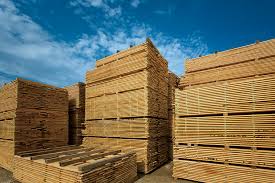How to Start a Farming Operation with Appaloosa Horses Now?
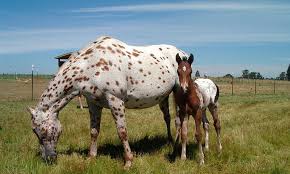
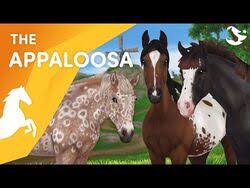
The ” Appaloosa” horse is a beautiful full – sized North America horse breed and its distinctive features are its leopard – complex spotted coat and oftentimes striped hooves. The Appaloosa has several traits which taken together are unique to the horse breed. These include mottled skin, striped hooves, white sclera around the eyes, and of course the distinctive appaloosa coat patterns. The appaloosa comes in a variety of color patterns, including snow- capped blanket, leopard, blanket with spots, varnish roan and snowflake.
The Appaloosa remains a versatile horse. It is used in working cattle and rodeo competitions, pleasure rides, long – distance trail riding, racing and a variety of other Western and English riding sports and activities. Additionally, the appaloosa breed is often featured in movies and television because of its unusual markings.
Appaloosas require a standard horse diet of fresh grass, quality hay, grains, and some fruits and vegetables, as occasional treats. They may also need some vitamin and mineral supplementation, especially if they cannot graze freely in pasture. The amount of food they need depends on their size, and activity level.
The Appaloosa breed is spreading its wings all over Africa and studs have been founded across the South African borders and even into the African region and they can only bode well for the future of the appaloosa breed in Africa.
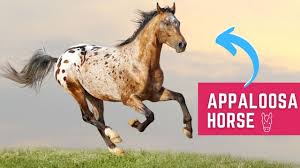
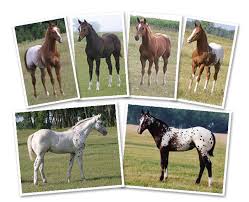
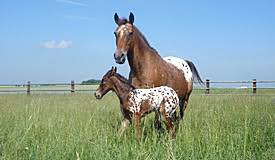
IF YOU WANT TO START OR EXPAND YOUR HORSE FARMING OPERATION YOU WILL NEED A PROFESSIONAL AND BANKABLE FARMING BUSINESS PLAN – CONTACT US NOW AT:
(27)84 583 3143 or email: money@global.co.za for professional and personal help and support
How to Start a Farming Operation with Appaloosa Horses Now? Read More »



